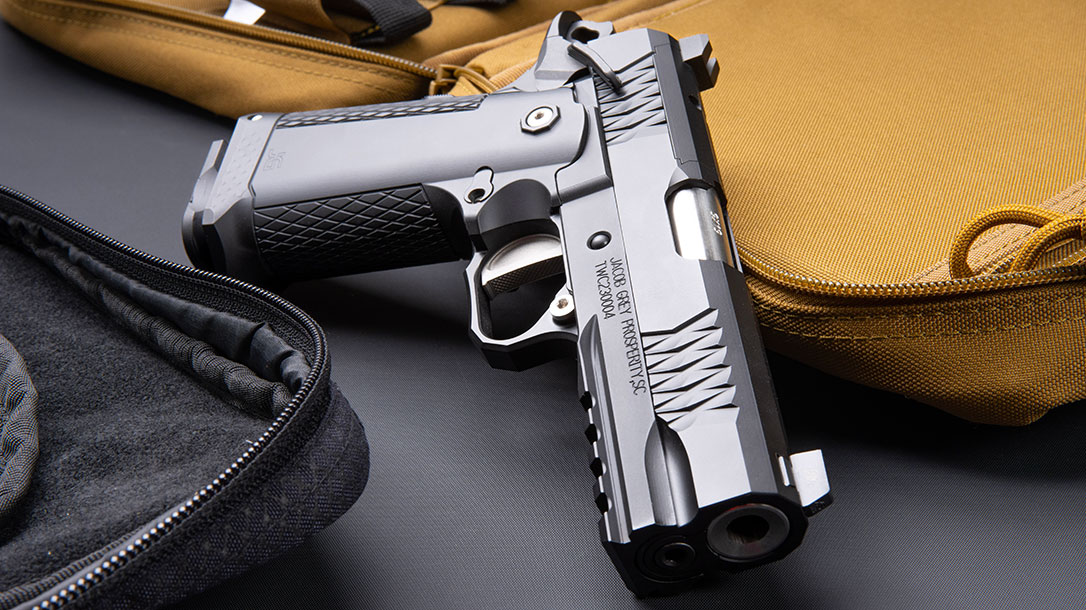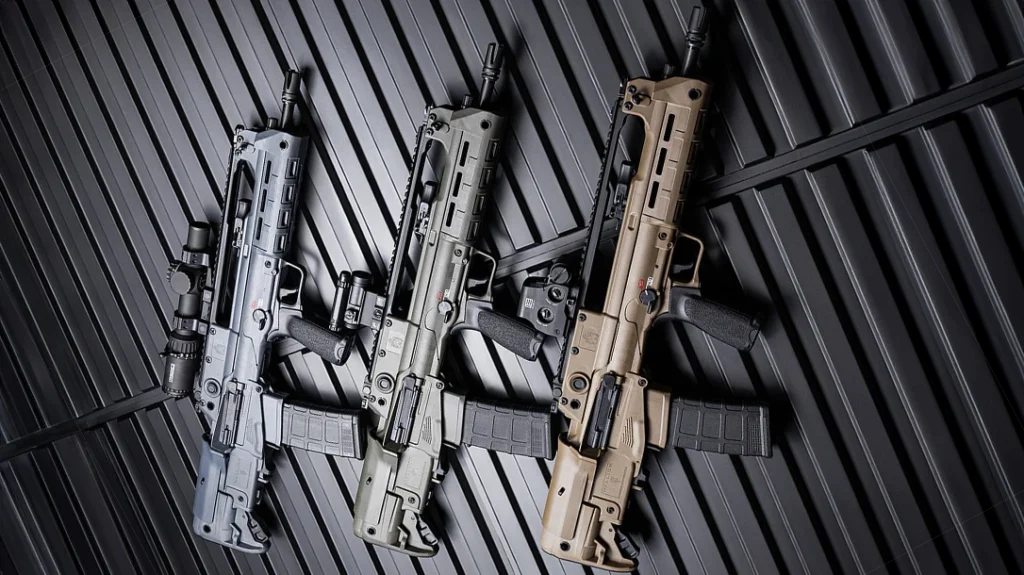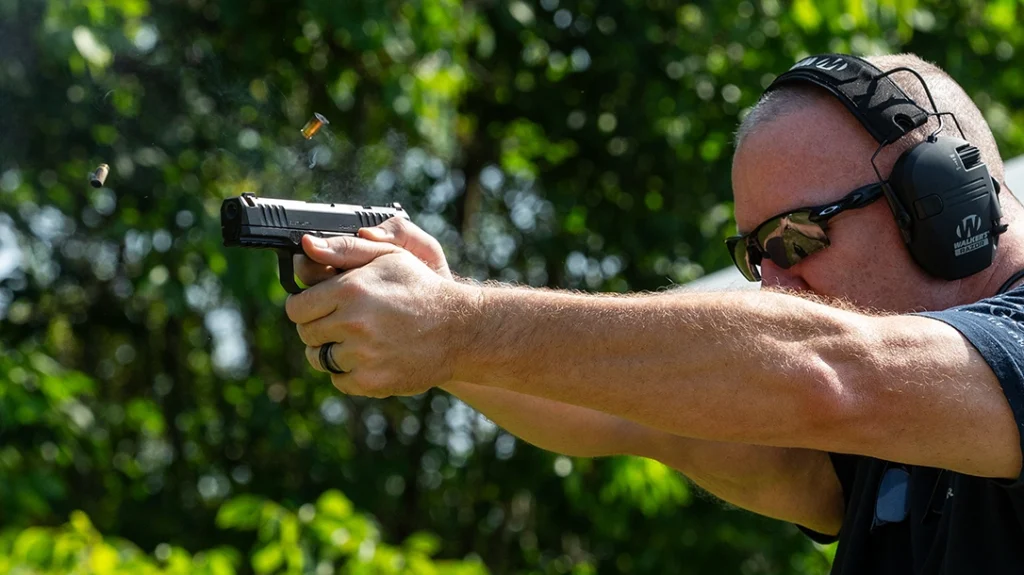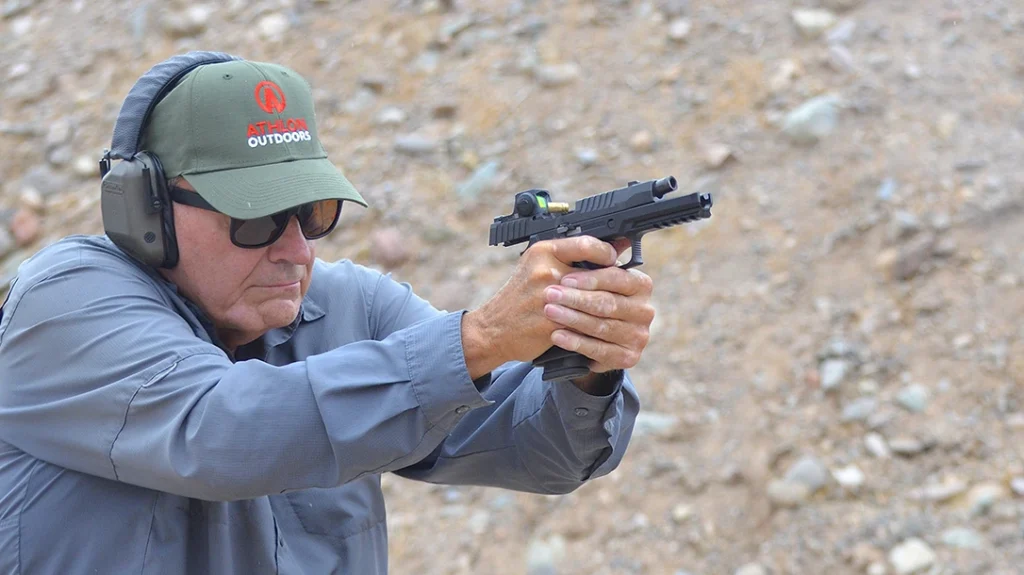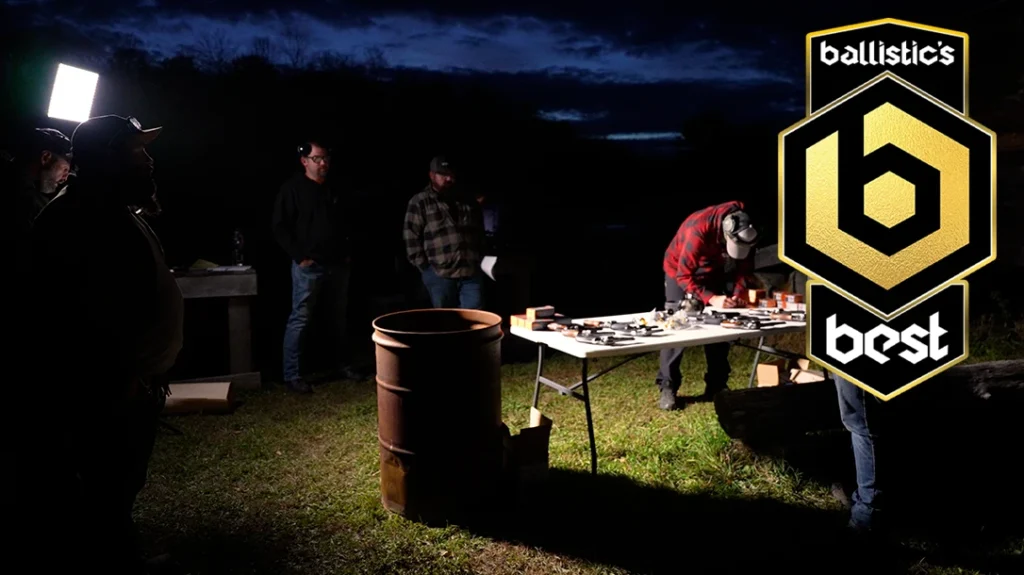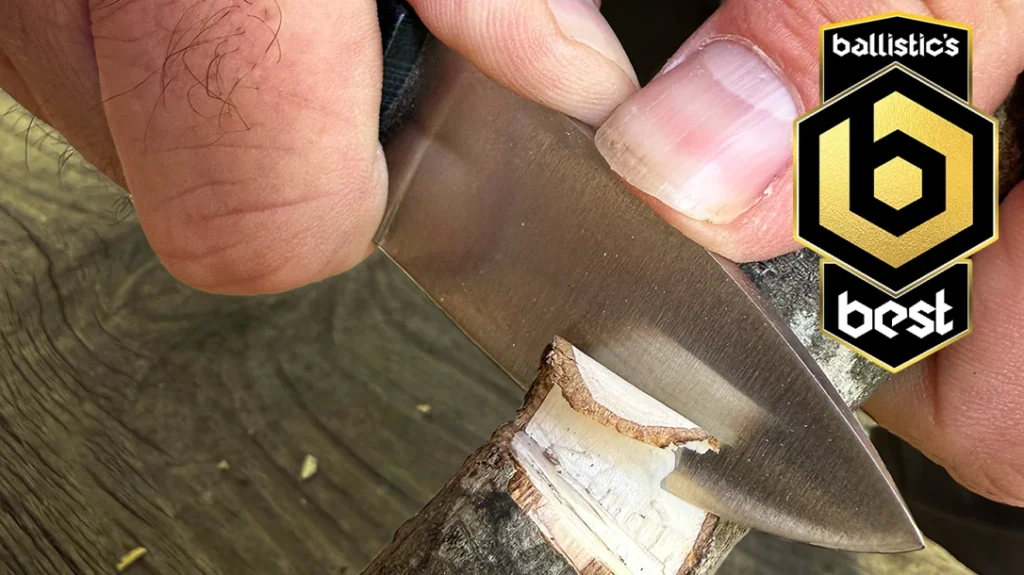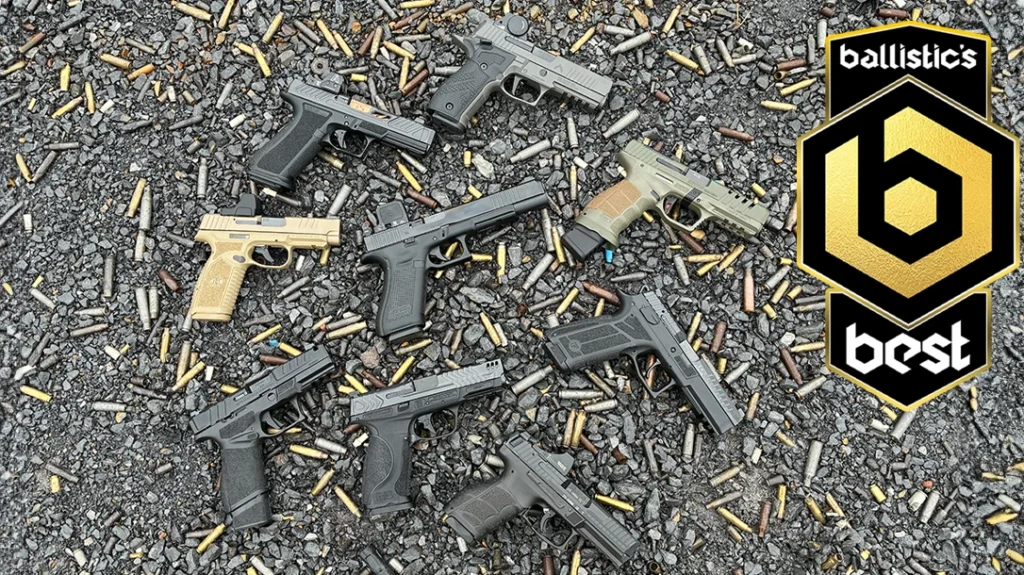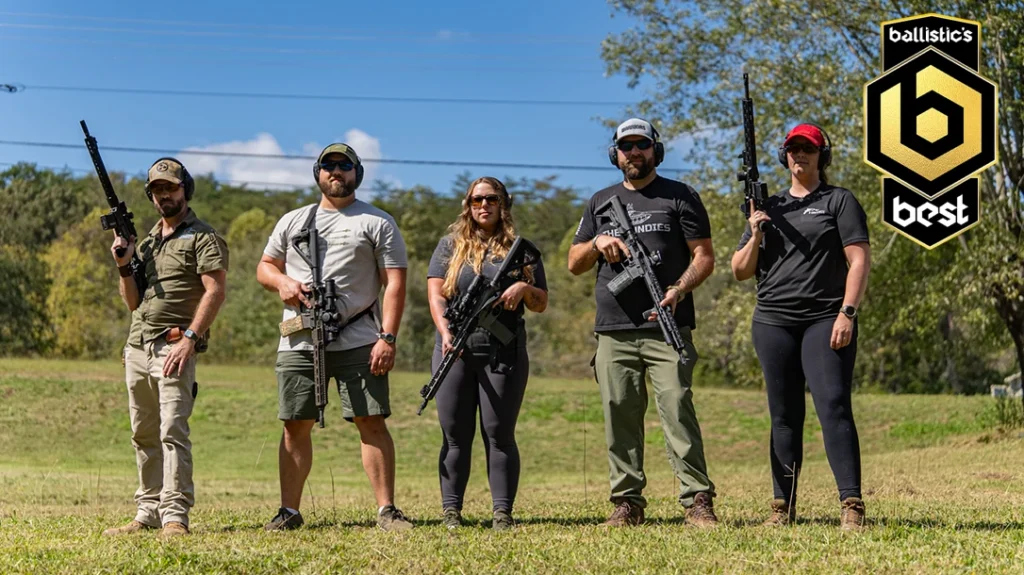It’s common knowledge that crime is out of control in many urban and even some more rural areas. Respect for law enforcement in many areas has been downgraded. With lower budgets and morale problems, recruitment, and retention of LEO’s is at an all-time low. To “Joe Citizen,” this translates to slower response times when you call 911. When seconds count, the police are only minutes away; you are your own best first responder. For those times, Jacob Grey offers its TWC9 double-stack 1911.
The Jacob Grey TWC9: A First-Rate Firearm for Protection
Granted, an AR/MSR, PCC, or shotgun might be better for home defense than a handgun. However, many folks want something smaller that will fit in the bedside table or individual pistol safe. Every person knows what handgun price point they can afford. So, if you can go “First Rate,” the new TWC9 pistol from Jacob Grey might be something to consider.

Advertisement — Continue Reading Below
I first heard of Jacob Grey late last year at a gun writer’s event. The company gave a presentation and showed off its newest product. I saw the company again at the 2024 SHOT Show and elicited a promise from them for a test gun.
Jacob Grey started business making custom 1911 pistols in 2010. In 2012, they began making OEM parts for the aerospace industry and also made three versions of AR-platform rifles.
The recently introduced TWC9 (BTW TWC stands for Throwback With Capacity) is a double-stack 1911 (not 2011). It is chambered for the 9mm Luger cartridge and has a 17+1 capacity. These pistols are made one by one by a gunsmith, allowing for meticulous craftsmanship and exceptional features.
Advertisement — Continue Reading Below
The TWC9 In-Depth
Starting from the top, the slide is machined from stainless steel. It is then treated with a salt bath nitriding process which produces a lustrous finish that also adds rugged durability. Dovetailed into the optic-ready slide near the muzzle is an XS tritium sight. The fixed rear sight is integral with a cover plate. Both sights are suppressor height.
Jacob Grey supplies two optics mounting plates (with integral rear sights), with screws and necessary tools, that accommodate many MRDS footprints. The top of the slide is serrated, and the sides feature fore and aft “diamond/X” serrations for positive slide retraction.

Advertisement — Continue Reading Below
Nestled within the slide is a 4.25-inch stainless-steel bull barrel with a 1:10” twist and a Nowlin ramp. The shape of the barrel’s muzzle precludes the need for a barrel bushing. Nor does it have a recoil spring plug. The recoil spring is captive with a guide and attached guide rod.
The lower grip and upper frame of the TWC9 are CNC machined from a billet of aero-space-grade 7075 aluminum. This assures the pistol’s structural integrity, reduces weight, and allows for comfortable, balanced shooting.
An outstanding feature is the Controlled Radius Trigger (CRT), which is a single monolithic part. It is CNC machined from an aluminum billet. It has a flat face that is finely checkered and provides a smooth, consistent 3.5-pound trigger pull.
Advertisement — Continue Reading Below

The hammer is a skeletonized “loop” style with an ambidextrous manual safety. There’s an extended beavertail grip safety with a checkered memory bump, and the flat mainspring housing is finely checkered.
Large diamond checkering is cut into the rear of the grip frame and front strap. It also has a flared magazine well. The magazine catch and slide stop are conventional, and the frame’s dust cover has an integral Picatinny rail.
Advertisement — Continue Reading Below

What You Get
Each TWC9 comes in a padded, zipper carrying case made of black ballistic nylon. Inside is a padded plate with Velcro strips to hold the pistol. The Velcro allows the plate to be moved.
A zippered enclosure holds the owner’s manual, safety padlock, optics mounting plates, and a spare stainless-steel Check-Mate 17-round magazine.
Advertisement — Continue Reading Below

Putting Together a Home Defense Handgun
One of the most important aspects of home defense is target identification. When you hear that “bump in the night” you want to be sure just who made that bump. Is it really the dreaded hatchet murderer or a family member stumbling in the dark?
To address this issue, I elected to put the features of the TWC9 to use. On the Picatinny rail, I mounted a Streamlight TLR-7A Flex Tactical Light. It provides 500 lumens, plus a strobe feature, and runs for 1.5 hours of continuous use on a 3-volt CR123A lithium battery.
Advertisement — Continue Reading Below
Features include interchangeable rear paddle switches, ambidextrous momentary/constant on operation, and a safe off feature. Not to mention, it weighs just 2.4 oz., is IPX7 waterproof, and has a limited lifetime warranty.
To enable concentration on the target, yet have a good aiming point in reduced light, I removed the cover plate from the TWC9, and attached the RMSc mounting plate. I then installed a Burris Fastfire C Micro Red Dot Sight with 6 MOA red dot.

Advertisement — Continue Reading Below
This unit weighs less than one ounce, is compact, with 1X magnification, and is parallax-free. Its “Intelligent Autobright” feature keeps the optic on and ready for any lighting condition. A rubber cover, when placed over the sight, deactivates it.
You can finetune your point-of-aim with windage and elevation adjustments that require no special tools. Power comes from one CR2032 lithium battery, and on a medium-intensity dot setting, you get 25,000 hours of battery life.
The sight comes with various size mounting screws, shims, hex, and torque wrenches, plus a cleaning cloth.
Feeding the Double-Stack 1911
For 9mm Luger ammunition, I wanted to use a variety of loads with different bullet weights. One must be mindful in a home defense scenario of just what is in the background. Especially considering the penetration abilities of your chosen cartridge.
Starting on the lower weight range, I selected some new G9 cartridges. They feature an 80 gr. solid copper “Shape Charge Technology – External Hollow Point” bullet. The nose has a + profile tip, with scallops running down on the sides. Factory velocity is listed at 1480 FPS.

I also used two 115 gr. bullet loads. The first was Federal’s Syntech Range, which has a lead, flat-nose bullet with a red synthetic coating. From Nosler is its ASP (Assured Stopping Power) 115 gr. JHP load.
Black Hills provided its Factory-New 124 gr. JHP +P cartridges. I also had some Winchester Ranger LE loads with a 147 gr. T-Series JHP bullet—an oldie, but still a viable load.
Shooting the TWC9
Job one on the range was to measure ammunition velocity using my Oehler Model 35P chronograph. When that was done, the data was listed in the accompanying Performance Table (below).
The next task was some paper punching to see what kind of accuracy potential the TWC9 possessed. I’m sure this gun can easily outshoot the shooter. Unfortunately, arthritis in my right hand was acting up on the day of the T&E. So, I shot three 5-shot groups with each brand of 9mm ammo.

Shooting was done from a bench, using a sandbag rest. The distance to the oval bullseye targets was 15 yards. This corresponds to the distance from the back corner of my bedroom to the front door of my home.
My best group measured 1.34 inches, using the Nosler ammunition. It also had the best average for the 3-shot groups at 2.29 inches. Second place went to the Black Hills load with a 2.17-inch group and a 2.45-inch average.
The remaining group information is in the table (below). The Burris sight wasn’t used for this evaluation. I was able to co-witness with the iron sights through the optic.
Home Defense Drill
For a practical home defense shooting scenario, I loaded 15 rounds of Federal Syntech Range ammunition into my two magazines. Simulating a close-range encounter like a home invasion, I picked the TMC9 off the bench and engaged a “bad guy” target at three yards.
I fired six rounds with my strong hand only. Then, I transitioned the gun to my support hand and fired six more shots. I did not use sights for this drill. Then, I put some distance between myself and the aggressor.
At 7 yards, I engaged the target using the Burris optic and momentary bursts of light from the Streamlight TLR-7A. I fired three strings of double-taps using an isosceles stance. I had to perform a reload during this string.
Next, I simulated a failure drill and, from the same distance, fired two shots center-mass and one to the head. This was done twice.

Finally, I retreated back into my bedroom, took cover, and engaged the target from 15 yards. I fired six shots from a right-hand barricade that stood in for my chest of drawers. I was disappointed with my two headshots, missing the “Optic Triangle” and hitting the chin and forehead. All but one of the 28 other shots hit outside the upper thoracic region.
A Superb Home Defense Handgun
In my opinion, if you have the means, the Jacob Grey TWC9 is right up there with the products of Wilson Combat, Nighthawk, Les Baer, or Ed Brown. It would certainly make a superb home defense handgun, especially the way I set it up.
During the entire T&E, I had two malfunctions early on, both feed ramp jams, with the same brand of cartridges. This was during the accuracy testing phase. There were no further issues. The gun ran in top form.
Though low-profile, the manual safety and slide stop were easy to manipulate. Likewise, when the magazine catch was pressed, the magazines popped out. The flared mag well helped to rapidly replace magazines, and there were no seating issues.

The trigger was a delight, and the gun’s weight, plus the checkering on the grip and mainspring housing, made for a secure hold. I experience negligible recoil/muzzle flip. Both the Burris optic and the Streamlight tactical light performed as expected.
I’m not a huge 1911 aficionado. However, the TWC9 is one of the best 1911 pistols I’ve had the pleasure of evaluating in quite a while.
For more information, please visit JacobGreyFirearms.com, BurrisOptics.com, and Streamlight.com.
Jacob Grey TWC9 Specs
| Mechanism | Single action, semi-automatic |
| Caliber | 9mm Luger |
| Capacity | 17+1 cartridges |
| Barrel | 4.25 in. Bull w/ 1:10” twist |
| Overall Length | 7.75 in. |
| Empty Weight | 30 oz. |
| Sights | Suppressor height fixed rear, XS tritium front, optics ready |
| Finish | Salt bath nitride – black |
| Stocks | Aluminum, integral with lower frame |
| MSRP | $2,499.99 |
Performance
| Cartridge | Ave. Velocity | Best Group | Average Group |
| Black Hills 124 JHP +P | 1182 FPS | 2.17” | 2.45” |
| Federal 115 gr. LFP Syntech | 1147 FPS | 2.49” | 2.65” |
| G9 80 gr. Solid Copper E-HP | 1472 FPS | 2.33” | 2.69” |
| Nosler 115 gr. ASP- JHP | 1169 FPS | 1.34” | 2.29” |
| Winchester Ranger 147 gr. T- Series JHP | 994 FPS | 2.34” | 2.50” |
NOTE: Bullet weight measured in grains, velocity in feet per second 10 ft. from the muzzle by an Oehler Model 35P chronograph, and accuracy in inches for three 5-shot groups at 45 feet.
